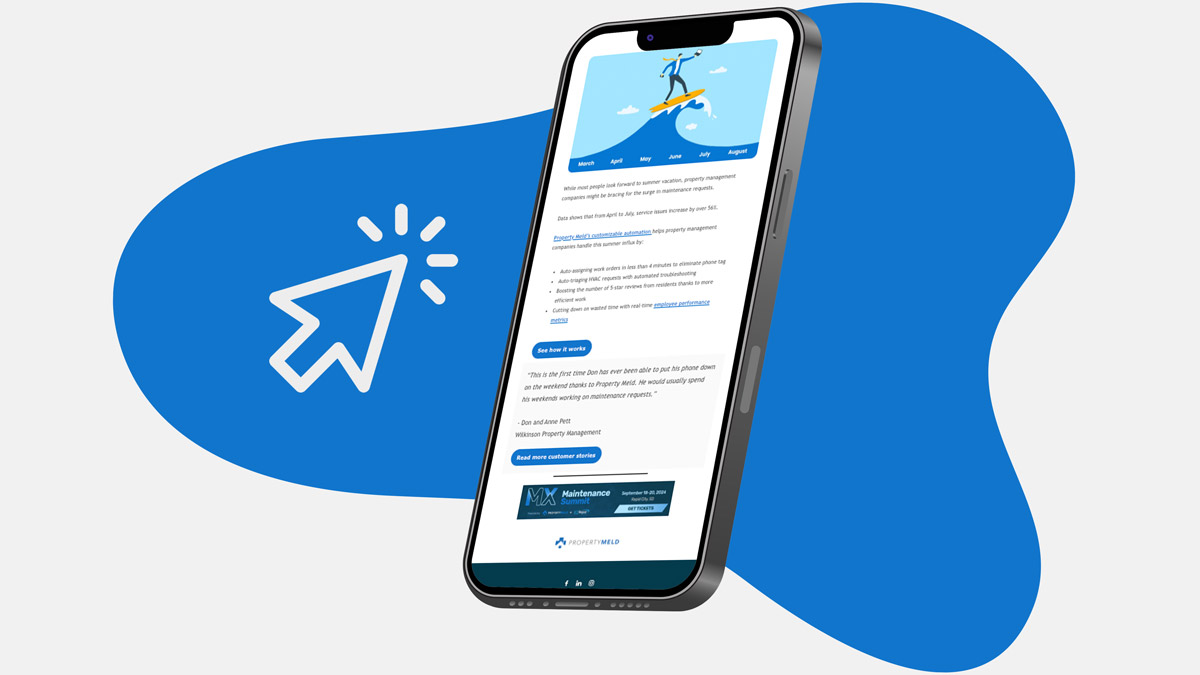Maintenance intake and triage are often overlooked aspects of property management, but they are critical to driving operational efficiency and improving Net Operating Income (NOI). By optimizing how work orders are collected, prioritized, and dispatched, property management companies can reduce costs, increase productivity, and deliver a superior resident experience.
This article will explore how a robust intake and triage process impacts NOI and outline actionable strategies to improve your maintenance operations. For a foundational overview, refer to our article: Your Checklist to Building a Strong Property Maintenance Intake and Triage Process
Why Maintenance Intake and Triage Matter for NOI
Net Operating Income (NOI) is a key financial metric for property management companies, reflecting profitability after operational expenses. Maintenance is one of the largest operational costs, making it a significant factor in NOI performance.
An efficient maintenance intake and triage process can positively impact NOI by:
- Reducing Costs: Streamlining workflows minimizes redundant tasks, reduces technician downtime, and lowers emergency repair expenses.
- Increasing Productivity: Automation and prioritization free up your team’s time to focus on high value tasks.
- Enhancing Resident Retention: Faster, more reliable repairs lead to higher resident satisfaction, which reduces costly turnovers.
The Key Steps to Optimizing Maintenance Intake and Triage
1. Streamline Work Order Submission
A strong intake process begins with making it easy for residents to report issues. This ensures you collect accurate, actionable information upfront.
- Digital Portals: Implement a maintenance portal where residents can submit requests online. Platforms like Property Meld simplify this process by centralizing communications.
- Detailed Intake: Require residents to describe the issue clearly, upload photos or videos, and specify their availability. This information reduces guesswork and ensures technicians arrive prepared.
2. Automate Triage and Prioritization
Not all maintenance issues require immediate attention. A triage system helps prioritize work orders based on urgency, complexity, and impact on resident satisfaction.
- Use Automation Tools: Property Meld’s automation features can categorize and prioritize requests. For example, minor issues like clogged drains can be scheduled during non-peak hours, while emergencies like HVAC failures are addressed immediately.
- Triage with MAX™: Our integration of Mezo’s MAX™ tool uses AI to diagnose issues, automate troubleshooting, and route requests efficiently, ensuring technicians are dispatched only when necessary.
3. Reduce Operational Waste
Poor intake processes often result in wasted time and resources, such as dispatching technicians without the right tools or parts.
- Gather Detailed Data: Collecting photos, videos, and descriptions at intake ensures technicians know what to expect and can resolve issues in a single visit.
- Inventory Management: Use your triage process to match work orders with available parts and supplies, avoiding unnecessary delays.
4. Track Key Performance Metrics
Monitoring maintenance KPIs is critical to assessing the success of your intake and triage process. Key metrics to track include:
- Speed of Repair: Leading companies achieve repair times of 3.4–6.8 days. Faster repairs reduce resident dissatisfaction and improve NOI.
- First-Time Fix Rate: A high one-trip resolution rate eliminates redundant trips, saving time and labor costs.
- Maintenance Cost per Unit: Reducing emergency repairs and optimizing workflows lowers the average maintenance spend per unit.
The Impact of Maintenance Intake and Triage on NOI
- Cost Control
By automating triage and prioritizing routine maintenance, property management companies can significantly reduce expenses. For example, companies that focus on preventative maintenance spend less on emergency repairs and extend the lifespan of their assets.
- Operational Efficiency
Efficient triage systems eliminate bottlenecks, allowing technicians to complete more work orders in less time. Our data shows that centralized communication and streamlined workflows can increase team productivity by up to 60%.
- Improved Resident Retention
Happy residents are more likely to renew their leases, reducing costly turnovers. With an optimized intake process, maintenance issues are resolved quickly, building trust and satisfaction.
The Financial Benefits of Optimized Triage
Atrium Property Management saw a 164% increase in owner retention and an 84% boost in resident satisfaction after implementing Property Meld. By streamlining their intake and triage process, they reduced response times and eliminated inefficiencies, directly contributing to NOI growth.
Start Optimizing Your Maintenance Process
An effective maintenance intake and triage system is essential for increasing NOI. By streamlining work order submission, automating triage, and tracking performance metrics, you can reduce costs, improve efficiency, and create a better resident experience.






